7 Tips for More Eco-friendly Shower Habits
When it comes to sustainable living, “greening” your bathing routine may not be front of mind. But there are actually a lot of small changes to your showering routine you can make that are better for the planet. From simple product swaps to water conservation and energy reduction, let’s jump into a sustainable shower discussion and cover several tips for more eco-friendly bathing habits.
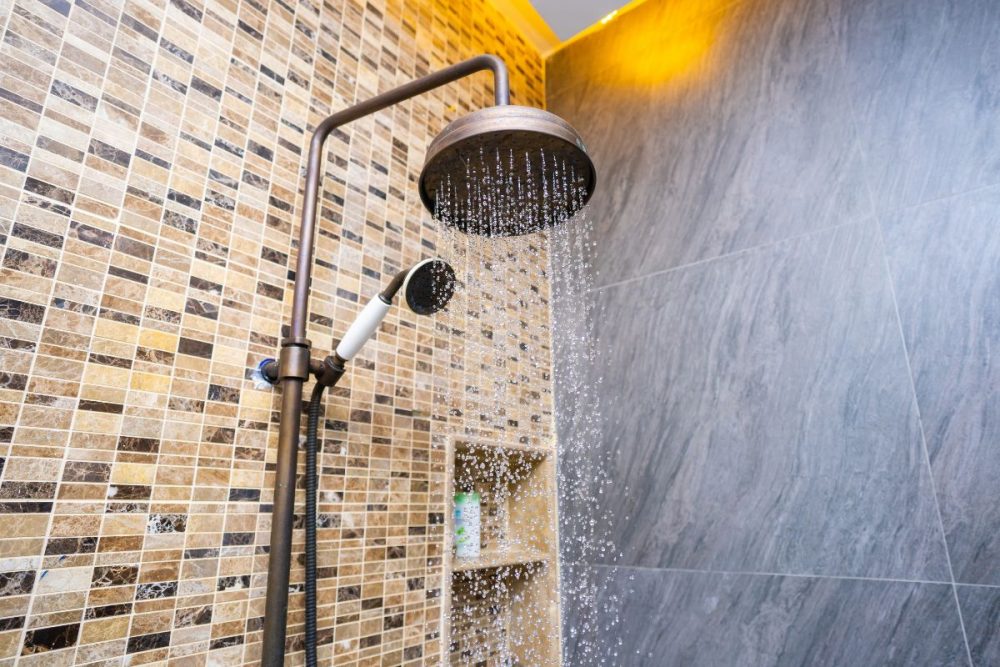
1. Take shorter showers
If you’re a snappy showerer, then props to you. Showers use a lot of water, so you’re already practicing an eco-friendly habit. If you tend to take long showers, speeding up your shower could help you reduce water and energy usage and save you money.
There are many factors that affect one’s ability to take a quick shower; considerations like being able-bodied, the type of shower and plumbing you have, the effectiveness of your water heater, etc.. all might make short showers more difficult. That being said, research shows that the average shower lasts eight minutes and regular shower heads use about 2.5 gallons of water per minute. That equates to nearly 20 gallons of water per shower, and it adds up over entire households and communities.
At first blush, an eight-minute shower seemed short to me. After reading that statistic, I timed myself during my next shower and was pleasantly surprised to find that I only took five minutes (4:58 to be exact), in addition to allowing the water to run for one minute to warm it up before I hopped in.
I used to indulge in a 20+ minute shower, but then I had a kid, and that squashed that habit quickly. As parents and caregivers know, a long shower is hard to come by, at least while the kids are young.
Time you shower to see how long it takes
If you want to try to take shorter showers, consider timing yourself so you have an idea of the amount of time a regular shower is for you. Then, try and shorten it by a minute or two. After that, try reducing your time by another minute, and so on, until you feel like you’ve reached your ideal shower length. Next time I shower, I plan to aim for a four-minute shower.
Create a shower playlist
If you like to listen to music while in the shower, consider creating a ‘shower playlist’ with just enough songs to play for your desired shower length. Once the songs are over, your shower time is up. The music might also help you manage time as you shower to keep it quick.
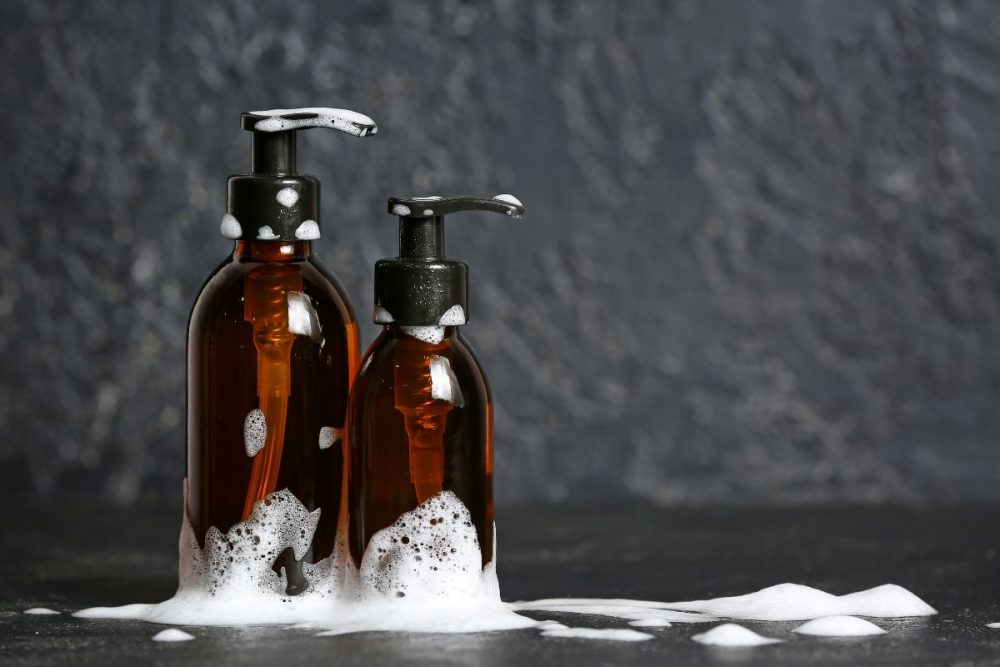
2. Take fewer showers per week
Many factors come into play when it comes to determining how many showers one needs per week. Some people need daily showers while others can get away with just 2-3 showers per week. Do what works for your body and your lifestyle, but challenge your initial assumptions that maybe you don’t need to shower as often as you have in the past.
Keep in mind that taking too many showers can start to damage your skin and hair. According to one dermatologist, “hot water strips the skin of its natural oils leading to dry, itchy skin and eventually eczema, even if you’re taking showers at lower temps, but for a longer time. Similarly, hot water can strip the hair of its natural oils, causing it to be drier, and if you color your hair, it can cause the color to fade faster.”
Additionally, if you’re prone to inflammatory issues, hot water can increase circulation in your body, which can further exacerbate any dry or itchy skin that you may be dealing with.
In short, you might not need to shower every single day. Fewer showers will save you time and money spent on water and energy for those showers. Not to mention the hassle (for those with long hair) of drying hair that one can avoid by taking fewer showers.

3. Take cooler showers
Hot water requires a good amount of energy to heat up. Taking cooler showers can help reduce the amount of energy used during the duration of the shower. As noted above, hotter water can have more negative impacts on your skin and hair as well.
4. Conserve water during showers
There are a few actions you can implement to help conserve water during your showers. Here are just a few ideas you can try to use less water and repurpose water instead of letting it swirl down the drain.
- Put a bucket in your shower to catch water while you’re waiting for it to warm up. Use this water in your garden or for your houseplants. It might even help you remember to water those plants more consistently.
- Keep a bucket in the shower to catch water while you clean yourself. Once you’re done, mix the extra water with a cleaning product to use as a house cleaner. Be sure that you use the water in ways where the soap, shampoo, and conditioner won’t hurt the areas you’re cleaning with the post-shower water.
- Turn off the water when applying body wash, hair products, or shaving. This is sometimes called a “navy shower”. This technique only uses approximately three gallons of water and can save thousands of gallons of water a year per person.
- Showerpool: shower with a friend, your kid (depending on their age), or your partner. It might sound a little funny, but it can be a boost to your relationship with your partner!
- Regularly check for and fix leaks. According to the Environmental Protection Agency, households in the United States waste an average of 9,400 gallons of water per year due to leaky plumbing and fixtures.
- If your shower has a removable showerhead, using it closer to your body can lessen the amount of water needed to wash.
- Install an eco-friendly showerhead (also known as low-flow. See below)
5. Swap for an eco-friendly showerhead
There are many options on the market for eco-friendly showerheads. But what are they, exactly?
Eco-friendly showerheads are also known as “low-flow” showerheads, and they have been around since the 1940s. These showerheads often get a bad reputation for such light water flow that it’s not a particularly enjoyable showering experience. But modern low-flow showerheads can be low-flow (water-saving) while still providing an adequate water flow for a comfortable shower.
Search online for low-flow shower heads that fit your needs and check out the reviews. Even if you’ve been hesitant in the past, you might find an option today that will work for you.
You might also consider an aerating showerhead. These provide heavy water pressure with low-flow water by mixing water with air. This construction restricts the water flow but still gives you the feel of a regular shower.
Related reading: Easy Swaps For a Cleaner and Greener Bathroom
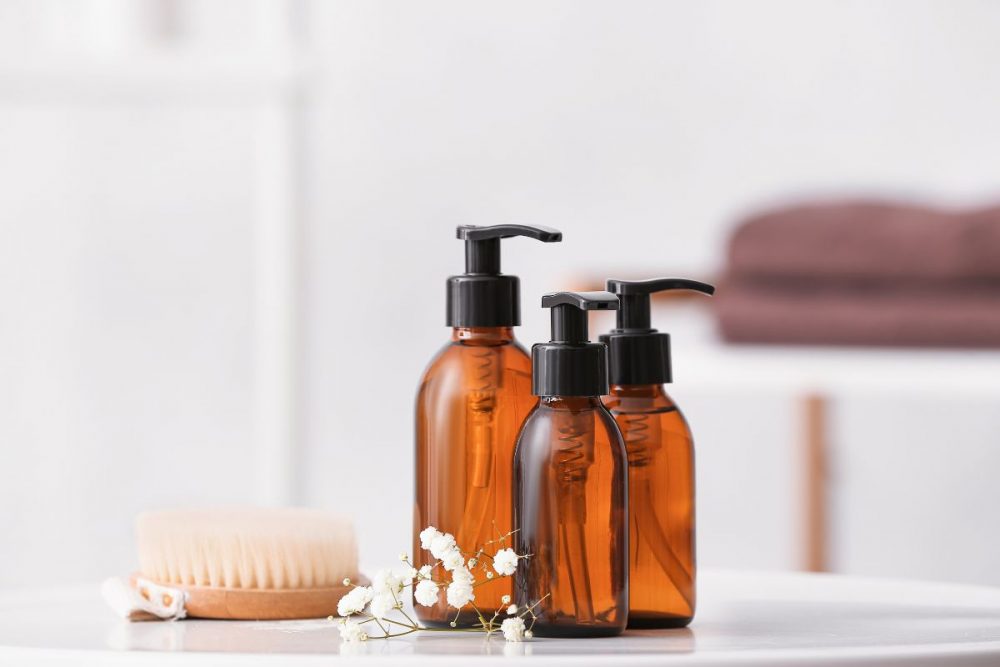
6. Try eco-friendly shower products
Beyond water and energy usage, you can also choose alternative products for a more eco-friendly shower. Consider some of these eco-friendly shower product options, and learn more about ways to reduce waste in your bathroom with a few simple product swaps.
Shampoo, conditioner, and soap bars | Many brands offer these products in bar forms to replace plastic bottles of the same item. The bars last longer, take up less space in your shower and often come with zero plastic packagings. Sometimes it takes a couple of tries to find the right brand for your hair and skin type, but there are lots of great options on the market.
Refillable items | Co-ops, zero waste stores, or other shops carry body wash, shampoo and conditioner, and other bathing products in bulk. Bring in your own container to the shop and refill it with just the product you need. This often saves money over time because you do not have to pay for packaging each time you purchase new products.
Loofa/washcloth | The colorful “puffs” that are common washing vessels are made with plastic. Over time, they break down into microfibers and microplastic that wash into waterways through the drain. A loofa or reusable washcloth is a more eco-friendly option for scrubbing your body.
Shave bar | Instead of conventional shaving cream that comes in a single-use container, try shaving cream that comes in bar form. These generate less waste and last much longer than a container of shaving cream.
Safety razor | Swap regular plastic razors (especially disposable ones) for a safety razor when you’re in the market for a replacement. Safety razors require a bit of an upfront investment but should save quite a bit of money in the long run. Most safety razors are made with stainless steel and last for years. So many people who have them seem to love them!
Towels | Use up what you have before replacing old towels. However, next time you need to buy new towels, look for secondhand towels or towels made from natural fibers. Textiles made from synthetic fabrics are often byproducts of petroleum and generate microplastic waste when washed.
Cleaners | Consider alternative bath and shower cleaners that use fewer ingredients, come in reusable packaging, or are a little more eco-friendly. Often a basic vinegar and water DIY mixture will work just fine. If you need something with a bit more abrasion to scrub off mildew and scum, baking soda with a bit of water creates a useful paste that cleans off most dirt and grime in a shower or bathtub.
Recipes: How to Make Easy 3-Ingredient Lotion and Sugar Scrub and Simple Homemade Bath Soak Recipe with Dandelions
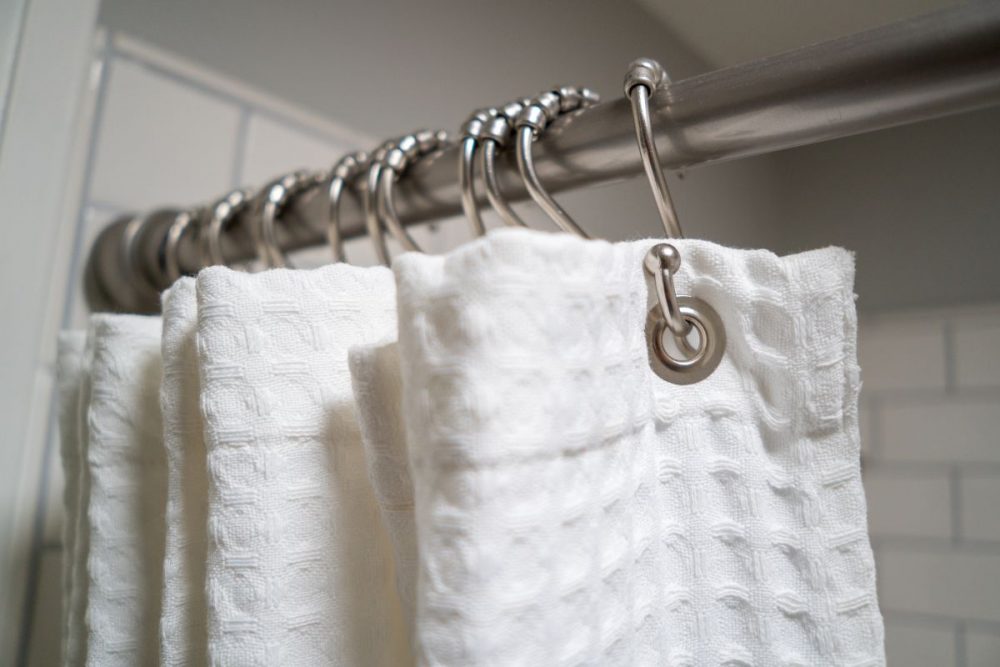
7. Choose an eco-friendly shower curtain and liner
Assuming you already have a shower curtain, keep using it. But when you’re ready to replace it or get a new one, consider some of the options that are a little better for the planet.
According to a small study done by the Center for Health, Environment and Justice, “PVC (a type of plastic) containing shower curtains are capable of emitting scores of volatile organic compounds, as well as phthalates, lead, and other potentially harmful materials, into people’s bathrooms. A previous study, conducted by Environmental Protection Agency researchers, also found that plastic shower curtains can emit toxic compounds into the air.”
Instead of a traditional plastic shower curtain or liner, consider cloth liners and curtains. There are often tons of options for secondhand (and clean) shower curtains at thrift shops. Alternatively, look for shower curtains and liners that are listed as “Standard 100 by OEKO-TEX”. If you’re not familiar with that, check out more about What Is STANDARD 100 by OEKO-TEX® and Why Is It Important?
If you like sustainable showering, you might also like
7 Simple Tips for Eco-friendly Cleaning with Kids
Tips to Reduce Waste in Your Bathroom
2-Ingredient DIY Sugar Scrub Recipe
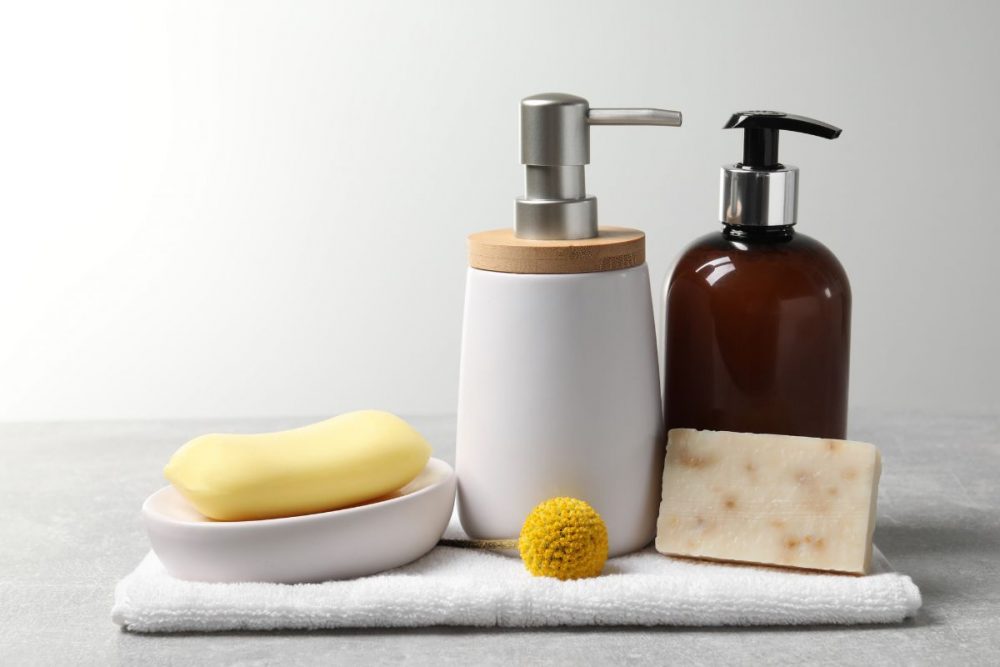
About the Author

Laura Durenberger
Laura created her platform as a guide to help women live with less in a sustainable way. She is also the creator and host behind the podcast Raising Eco Minimalists, a podcast that acts as a resource and community for those raising kids who care about their mind, body, community, and planet.
Laura is an avid home gardener, with a passion for helping grow their own food through her free seed library. She is an avid mental health advocate, often sharing her own journey through anxiety and depression. Finally, she believes that building and connecting with the local community is the key to solving a lot of the big issues we (and our kids) face today.

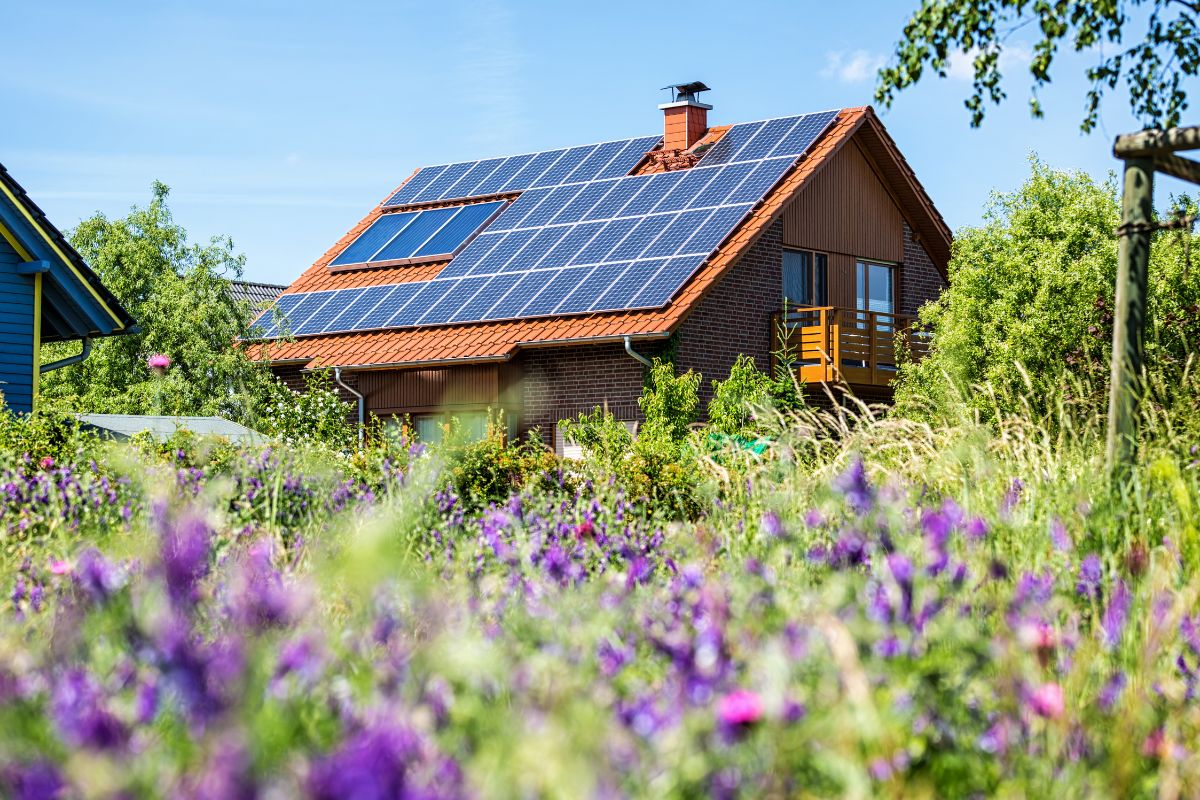
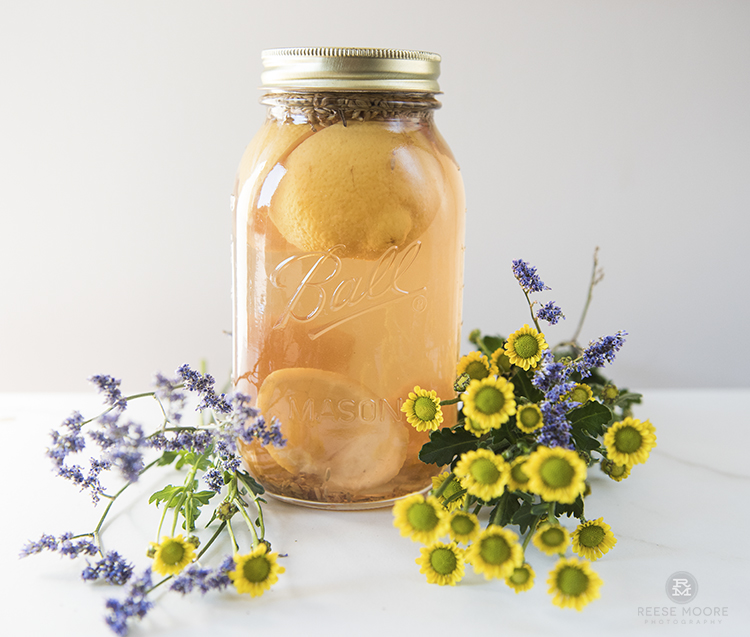
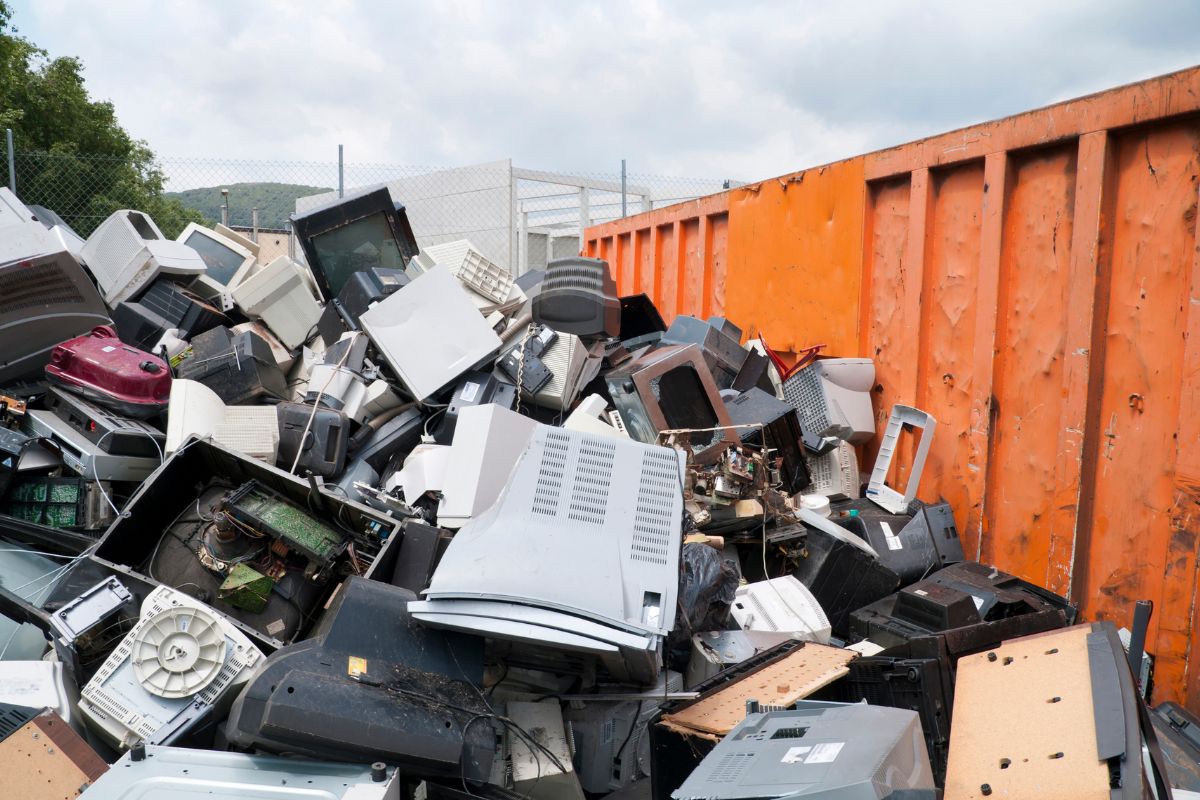
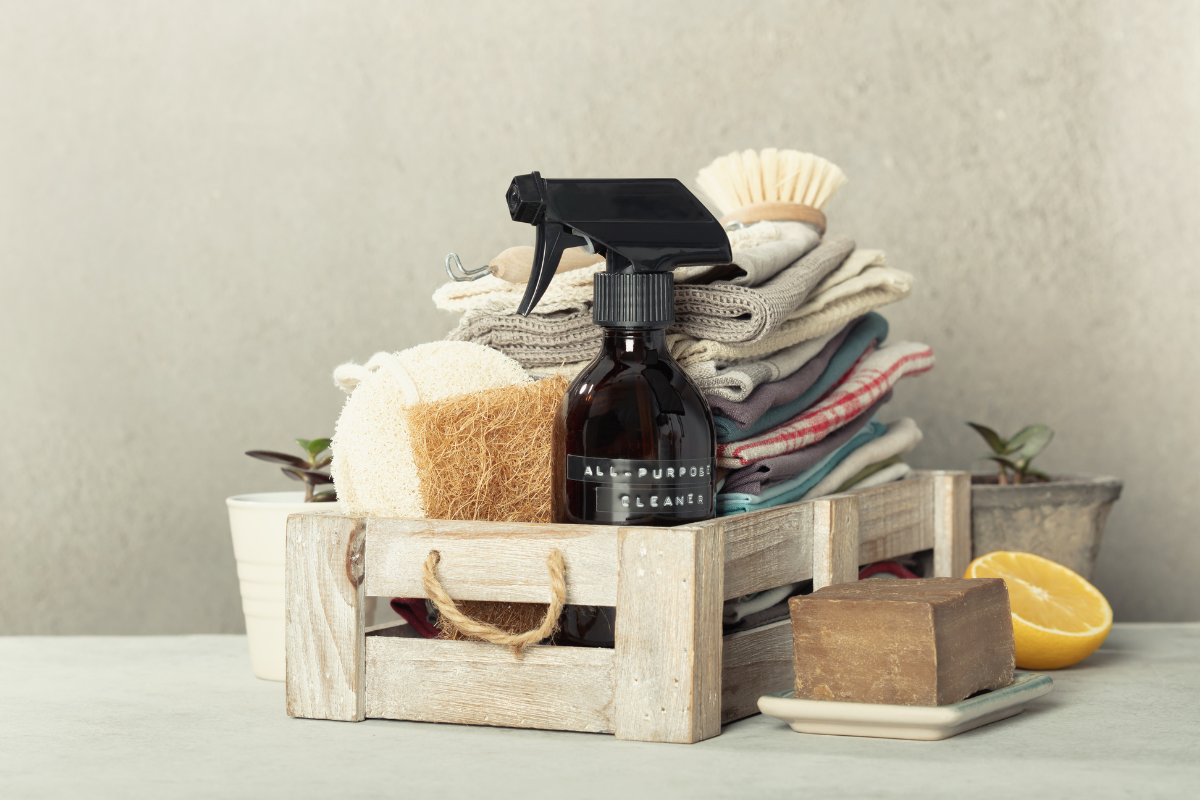

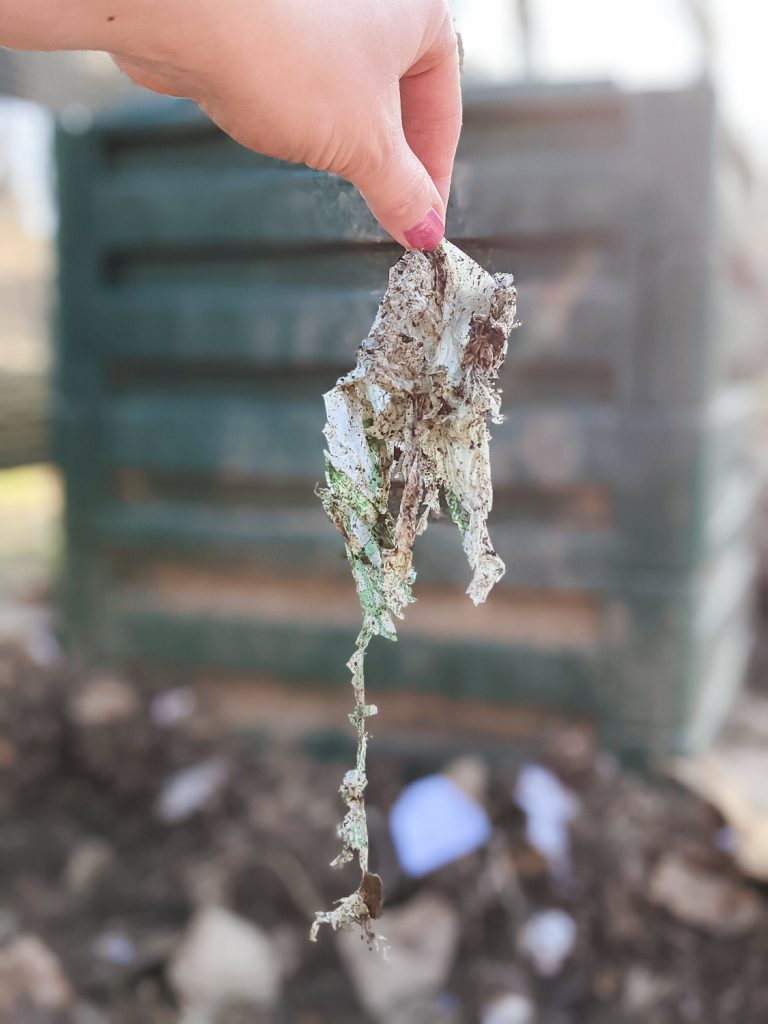

I would love to save the water that goes down the drain! I’ve always hurt as I see that water not being used as I wait for the water to warm up….but it ends up being a lot of water and then I’d have to lift heavy buckets of water down stairs…etc..
Any ways around that? Thanks!
What is the significance of taking shorter showers in terms of conserving water and energy, as outlined in the article?
A shorter shower uses both less water and less energy to heat that water.